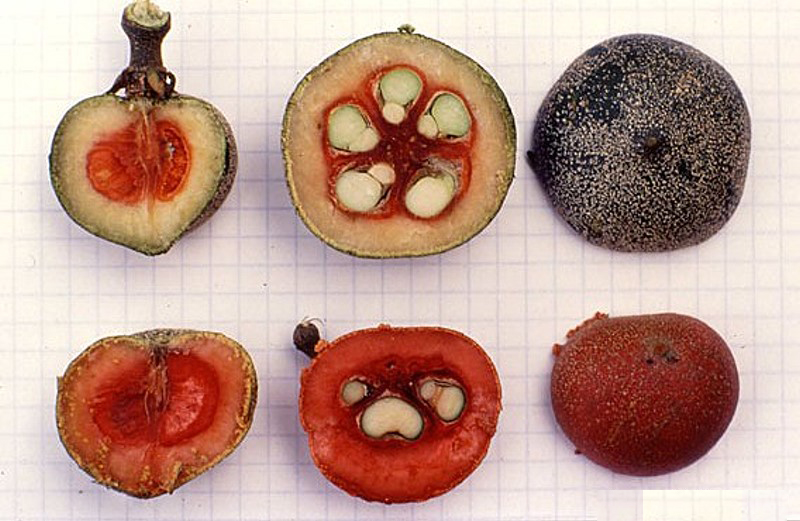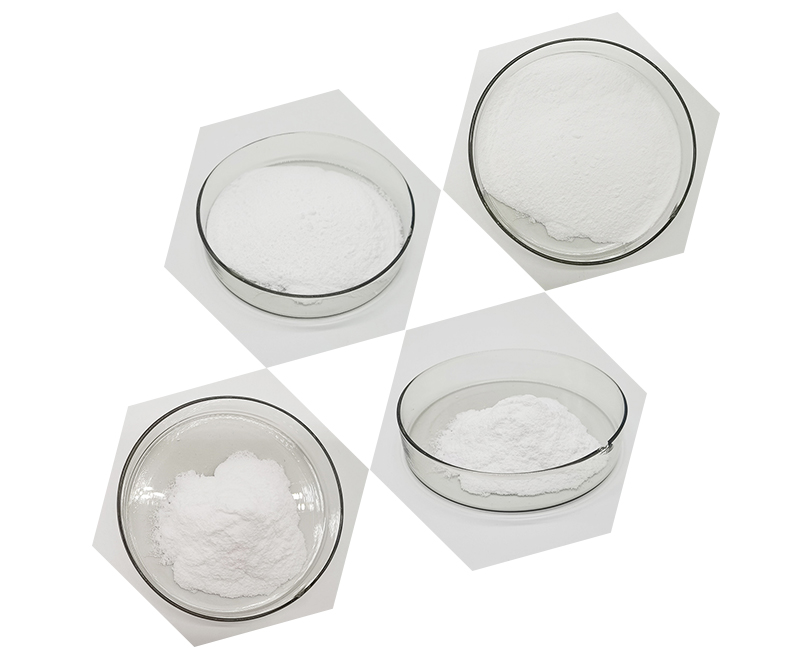Brazzein is a sweet-tasting protein extracted from the West African fruit of the climbing plant Oubli (Pentadiplandra brazzeana Baillon). It was first isolated as an enzyme by University of Wisconsin-Madison in 1994.
With pentadin, discovered in 1989, brazzein is the second sweet-tasting proteins discovered in this African’s fruit.
Brazzein is a 54-amino acid, heat-stable sweetener derived from the ripe fruit of the West African plant Pentadiplandra brazzeana Baillon. Its historical use as a sweetener testifies to its safety, and it has been extensively studied, both in regard to its structure and interaction with taste receptors. It has also been investigated as a possible commercial product to fulfill the need for a natural, low-calorie, heat-stable sweetener. Here, we review brazzein in the context of other sweeteners and examine attempts to produce brazzein in recombinant systems.

Basic Information of Brazzein
Source: Pentadiplandra Brazzeana Baillon
Assay: 98%
Usage: Sweetening Agent
Appearance: White Fine Powder

The application of Brazzein
Brazzein represents an excellent alternative to available low calorie sweeteners. As a can be protein it is safe for diabetics and very soluble in water (>50mg/ml).
When blended with other sweeteners, sweeteners such as aspartame and stevia, brazzein reduces side aftertaste, provides quantitative and qualitative synergy.
Unlike other natural sweeteners, apart from thaumatin, its sweet profile is closer to sucrose. Unlike other sweet-tasting proteins, it can withstand heat which make it suitable for any industrial food manufacture.
Increase interest of brazzein make it difficult to source naturally from Gabon, further more protein can be easily synthesised by a solid-phase method.
